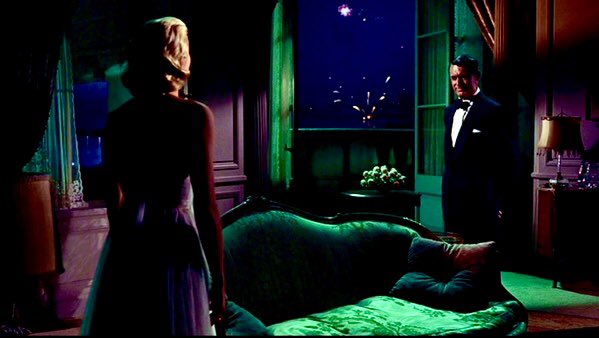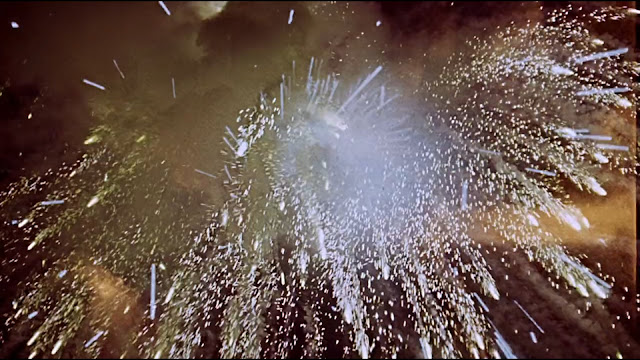The Hays Code was a self-imposed censorship system implemented by the Motion Picture Producers and Distributors of America (MPPDA) in 1930. Enforced after the thrilling pre-code era, from 1934 to 1968, it marked a pivotal moment in the history of American cinema. It emerged from a desire to address public concerns about morality on screen. When the strict guidelines that restricted certain content were finally applied, they also sparked an incredible wave of creativity among filmmakers. They quickly learned to embrace symbolism and nuance, finding clever ways to suggest desire and drama without crossing the newly established boundaries.
Alfred Hitchcock's 1955 classic "To Catch a Thief" is a shining example of how innovative filmmaking can outsmart the constraints of censorship. With his clever use of visual metaphors and sharp dialogue, Hitchcock created one of the most unforgettable romantic moments in cinema while skillfully navigating the strict moral codes of his time.
Take, for instance, the film's famous hotel room scene featuring Cary Grant as John Robie and Grace Kelly as Frances Stevens. This moment brilliantly utilizes symbolism to express desire without crossing the lines set by contemporary censorship. Filmed in Paramount's revolutionary VistaVision format, this sequence highlights Hitchcock's talent for visual storytelling and subtle innuendo.
The architecture of the scene is meticulously designed, with the widescreen format allowing Hitchcock to establish distinct spatial zones for his characters. Initially, John and Frances occupy separate areas of the frame, emphasizing their emotional distance. But as the scene unfolds, the space between them gradually diminishes, reflecting their deepening attraction.
Frances's character strikes a beautiful balance between innocence and sophistication. Kelly brings this duality to life as she engages in witty banter with Grant's character about jewels and theft. Their dialogue is rich with clever double meanings, leaving the audience wondering whether she's discussing stolen gems or a romantic chase.
The real genius, however, is found in the fireworks display outside the hotel window. Instead of lingering on extended kissing scenes that might have raised eyebrows with censors, Hitchcock cleverly shifts to the dazzling pyrotechnics. This visual metaphor serves several purposes: it symbolizes the characters' passion, their conflicts, and the growing tension between them. By opting for traditional musical scoring instead of sultry saxophone tunes, he deftly navigated the censorship waters.
The technical aspects of the scene further amplify its impact. The chiaroscuro lighting creates a striking contrast between Frances's face and her diamond necklace, which boasts a daring arrow-shaped design. This play of light and shadow adds layers to the visual storytelling while adhering to what censors would accept.
Hitchcock's brilliance lies in his knack for crafting a scene that feels both subtle and overt, sophisticated yet playful. He managed to convey a sense of passionate romance while still adhering to censorship rules, demonstrating that sometimes, creative limitations can lead to even more satisfying artistic outcomes. In the next post, I'll cover Hitchcock and the other ways he skirted around the code.










No comments:
Post a Comment